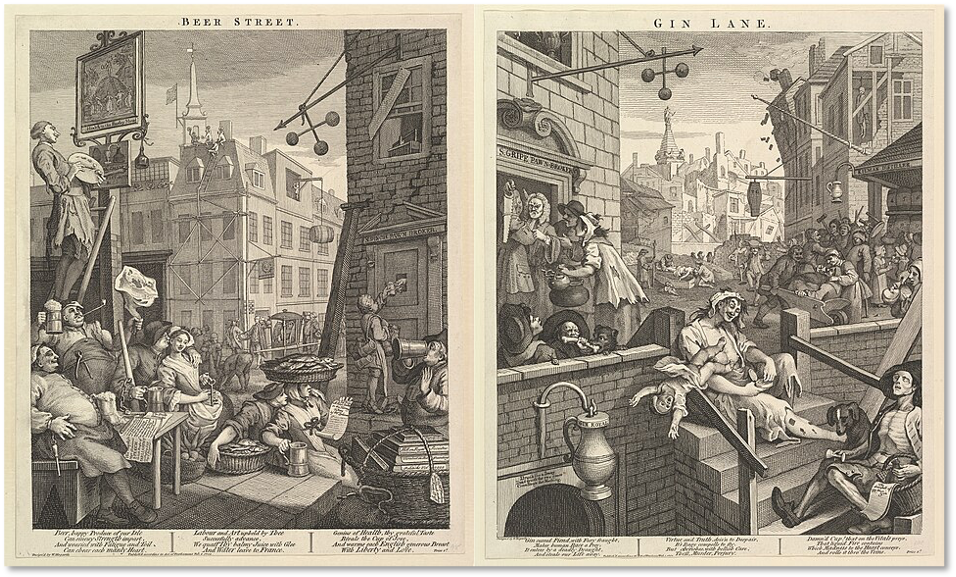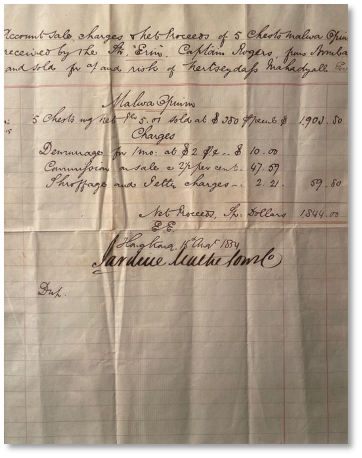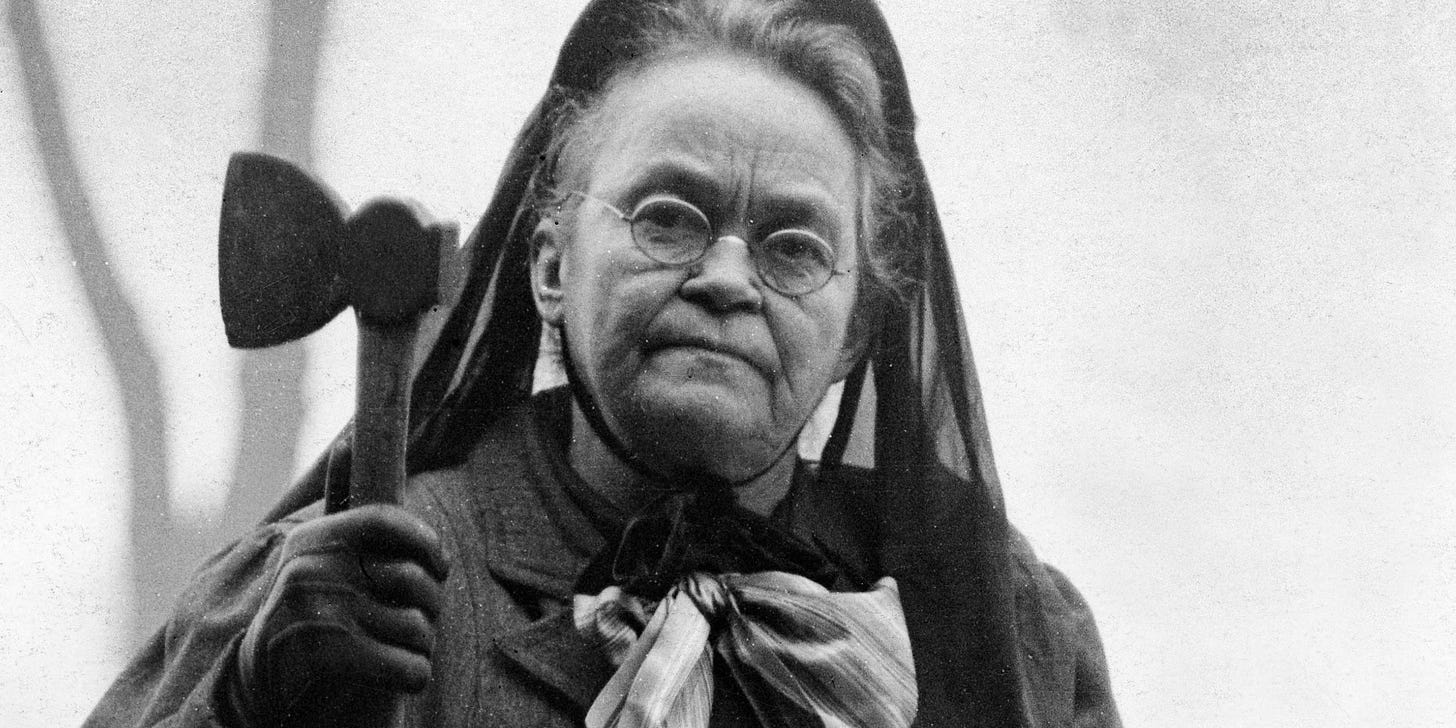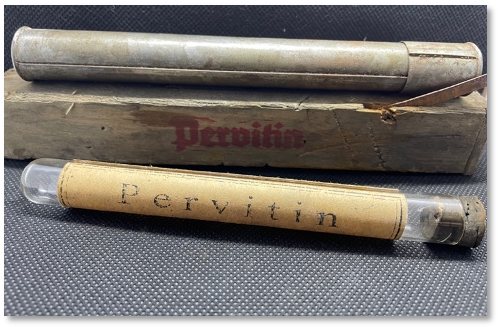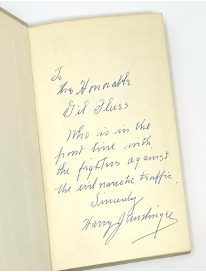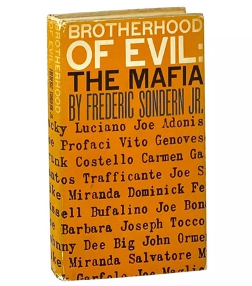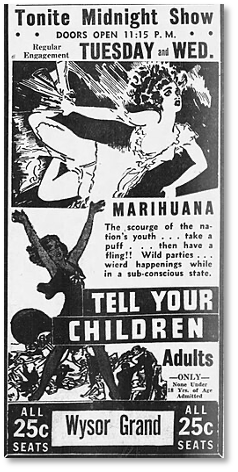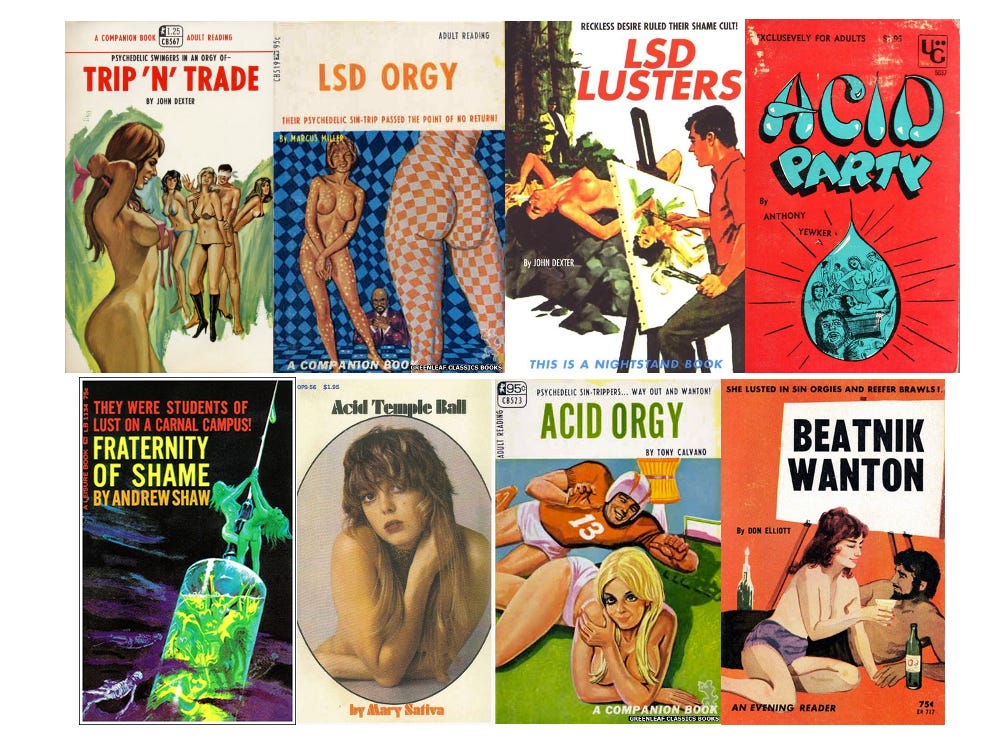A history of drugs in eight objects
Ben Curran on the Museum of Drugs
Ben Curran is the founder of the Museum of Drugs, a project to explore the history of drugs and drug prohibitions through interesting objects and artefacts. Here, he shares some of the museum’s objects and tells their stories. PS it’s Founders Club this Saturday at 5pm UK time, with guest speaker Katie McBride, a leading psychedelic journalist.
1. Beer Street and Gin Lane, William Hogarth 1751.
Beer Street and Gin Lane are two prints created by the satirist William Hogarth in support of controls on the production and supply of Gin or Geneva, the name by which it was originally known. Consumption of Gin had increased significantly in Britain because of Government concessions to farmers growing grain crops. At a time when relations between France and England were less than cordial, this was an attempt to restrict imports of French Brandy and increase revenue from home grown produce. Made from cheap grain Gin became a popular with the masses, helped by the lack of regulations and taxation on premises selling the intoxicant. Whereas public houses required licensing, Gin could be purchased from the equivalent of modern-day chemists or from market traders in the streets.
Hogarth portrays the moral panic which ensued, contrasting Beer Street with Gin Lane. In Beer Street we see a bawdy image of beer consumption with jovial and amorous citizens swigging from tankards. The sign of the pawnbroker’s shop points down, suggesting that the population is living within their means, whilst the pub sign is getting freshly painted and sits at the same level as the church spire in the background, implying a health balance between faith and civil society.
Contrast with Gin Lane where we see an altogether different image. The pawnbroker’s sign points upwards above a public monument to progress, and the shop below. The pawnbroker scrutinizes a broken saw being offered for sale by a couple who are desperate for whatever he can offer in return. The pub sign has been replaced by a coffin and the buildings behind are literally falling into the street. In the background the population are rowdy and brandishing makeshift weapons. A man has hanged himself from the rafters of derelict building whilst a half-naked woman is being laid into her coffin. But our attention is drawn to Madame Geneva, a haggard figure dressed in rags and covered in lesions sat at the top of some steps. Madame Geneva is so intoxicated and preoccupied by her tin of snuff that the baby she is nursing falls from her arms and down the side of the steps to its certain death. In front of Madama Geneva sits an emaciated soldier, blind drunk, his goblet tipped over in his hand. Behind him a woman desperately tries to suppress her baby’s hungry cries by soothing it with Gin.
Whilst the image is clearly one of utter depravity and deprivation, a closer examination tells us that there is much more at stake here than a population driven to excess. The underlying concerns about the Gin Craze, as it became known, were in its power to alter the natural order of society.
Firstly, Gin, originally a luxury item was now being enjoyed by the poorer classes; the poor were getting above their station and there were fears about where this might lead during a time of social instability and revolution. Secondly, Gin was seen by the Establishment to be stripping women of their most natural of instincts – motherhood. This was amplified by stories in the newspapers of children being abandoned or found dead after their mothers had sold everything for Gin. Whilst there were such cases, there is also evidence that women were finding new opportunities as distillers and purveyors of Gin, setting up business in spaces traditionally reserved for men. It is perhaps this feature of the craze that was of most concern to patriarchal society.
The final concern was the effects of Gin on manhood, if men were so blind drunk how could they be expected to fight for their country, particularly at a time when Britain’s colonial aspirations were gaining huge traction. Attempts by Parliament to restrict Gin led to widespread rioting, arson and looting. Ultimately it took economic measures and the introduction of a new substance on the market, tea, which ultimately brought about the downfall of Madame Geneva.
2. Jardine Matheson & Co, account sales, charges and proceeds for 5 chests of Malwa opium, Hong Kong, 15th August 1834
The sale of Malwa Opium to Captain Rogers in 1834 by Jardine Matheson & Co, preceded the First Opium War by just five years. Established in 1832 by Scottish partners William Jardine and James Matheson, the company seized on the opportunity to trade in Indian opium to China. This was a highly lucrative and cynical manoeuvre to ensure enormous profits from the sale of a highly addictive substance. This was at a time when Britain was importing vast quantities of tea but was unable to find any commodities that China had any desire for. As a result, British silver flowed into the Chinese coffers, with little coming back in return.
Opium was prohibited by the Chinese Emperor however, via a network of ships running opium to Chinese smugglers off the coast of China and through bribed officials in the port of Canton, trade flourished. When the Chinese took measures to destroy chests of opium seized from the British quarters at the Port of Canton, companies including Jardine Matheson petitioned the British Government to go to war with China for their failure to provide compensation. This war became known as the First Opium War, 1839 - 1842. As part of the reparation, China was forced to cede Hong Kong Island to the British, creating a permanent staging post for imperialist action in the region. Further attempts by the Chinese to halt the spread of opium smuggling in the ensuing years led to the Second Opium War 1856 – 1860.
3. ‘Carrie Nation’ Pin Brooch circa 1900
‘Good Morning Destroyer of Men’s Souls’ was Carrie Nation’s battle cry, heard throughout the saloons of America’s Mid-West in the late 19th Century. A formidable adversary of the saloon owner and patron alike, Carrie was an early proponent of direct action.
Carrie was unwilling to sit back and watch her fellow American gravitate to the bars of Kansas and spend their hard-earned cash on hard drink, so she dedicated her life to following them through the swing doors with axe in hand. Whereupon she would set to smashing up the bottles of liquor and anything that stood in her way. She was entirely unphased by the prospect of arrest and was considered as much a menace behind bars as she was beyond, berating sheriffs and jailhouse attendants, performing hunger strikes and demanding audiences with the mayors of whichever town she brought her crusade to.
Despised and lampooned as she was, Carrie was equally an inspiration to many women and men who joined her in the Temperance Movement to rally against the dangers of alcohol excess.
To help fund the work of Carrie Nation and the Temperance Movement and to garner wider support, pin-brooches of her iconic axe were manufactured and sold as per the example in the image above, which is crafted in mother-of-pearl and diamanté. Carrie’s efforts and those of her colleagues paved the way for the Eighteenth Amendment, enforced as the prohibition of alcohol between 1920 and 1933 when it was eventually repealed. Not before it had given rise to organised crime on an unprecedented scale.
4. Pervitin Methamphetamine Tablets, Germany 1940
Pervitin was the brand name for the stimulant methamphetamine issued to German soldiers during the Second World War. Pervitin is thought to have played a role in the Blitzkrieg, the tactical operation at in the early stages of the war when German tanks and infantry advanced rapidly with overwhelming force to immobilise enemy troops. Methamphetamine would have enabled military personnel to endure long periods of driving and followed by engagement in battle. Hitler was also an advocate of methamphetamine and was prescribed a course of daily injections by his physician Dr Morrell. Such a sustained prescription would have done little to have calmed Hitler’s increasingly paranoid and reckless mindset as his efforts to conquer Europe experienced a reversal in fortune following the Battle of Stalingrad, February 1943. The use of drugs in warfare was not limited to the Blitzkrieg; drugs had been a facet of war in various guises throughout history. Cocaine was a key ingredient of ‘Forced March’ tablets in WW1, and their use by military forces during many conflicts since has been acknowledged.
5. Harry Anslinger – Brotherhood of Evil, Book Dedication
A book dedication by Harry J Anslinger ‘To the Honorable (sic) Gil Flues, Who is in the frontline with the fighters against the evil narcotic traffic’
Anslinger was the founding Commissioner of the Federal Bureau of Narcotics and dedicated his life to the relentless pursuit of drug dealers and people who used drugs. He was an admirer of Nazi and Reich Master for Propaganda, Joseph Goebbels (1897-45) and adopted similar tactics, including the use of cinema, to convey messages to a mass with the intention of causing hysteria. Perhaps the most famous movie to be promoted by the Federal Bureau of Narcotics was Reefer Madness 1936, noted for its improbable depictions of wanton abandonment at a ‘reefer’ party. Shocking at the time, it re-emerged in the 1970s as a popular late night cinema excursion for audiences titillated by its naivety and the camp performances of its cast.
As federal budgets became increasingly stretched, the Federal Bureau of Narcotics was forced to compete with other departments such as the CIA for available funding. Anslinger also set about targeting celebrities who used drugs as a way of attracting media attention and public support for his bureau, notably the activist and jazz singer Billie Holiday. Such efforts had the combined effect of harassing high-profile people who used drugs, in Billie’s case drugs that she took to cope with the deep trauma she had experienced in childhood and adult life, and in suppressing the voice of activists who stood against the racist system of segregation and oppression.
‘The primary reason to outlaw marijuana is its effect on the degenerate races’, Harry Anslinger.
As a fervent racist, even by the standards of the time, Anslinger understood that the growing public fear about drugs, largely propagated by him and devoid of any evidence base, could be used as a vehicle for addressing other societal issues such as migration, civil rights, counterculture, and what he and others saw as the spread of communist and soviet influence in 1950s America. ‘Marihuana leads to pacifism and communist brainwashing’, Anslinger wrote.
Sensationalist drug novels
As Anslinger’s war against drugs was gathering momentum, so too was the proliferation of pulp fiction.
Keep reading with a 7-day free trial
Subscribe to Ecstatic Integration to keep reading this post and get 7 days of free access to the full post archives.

